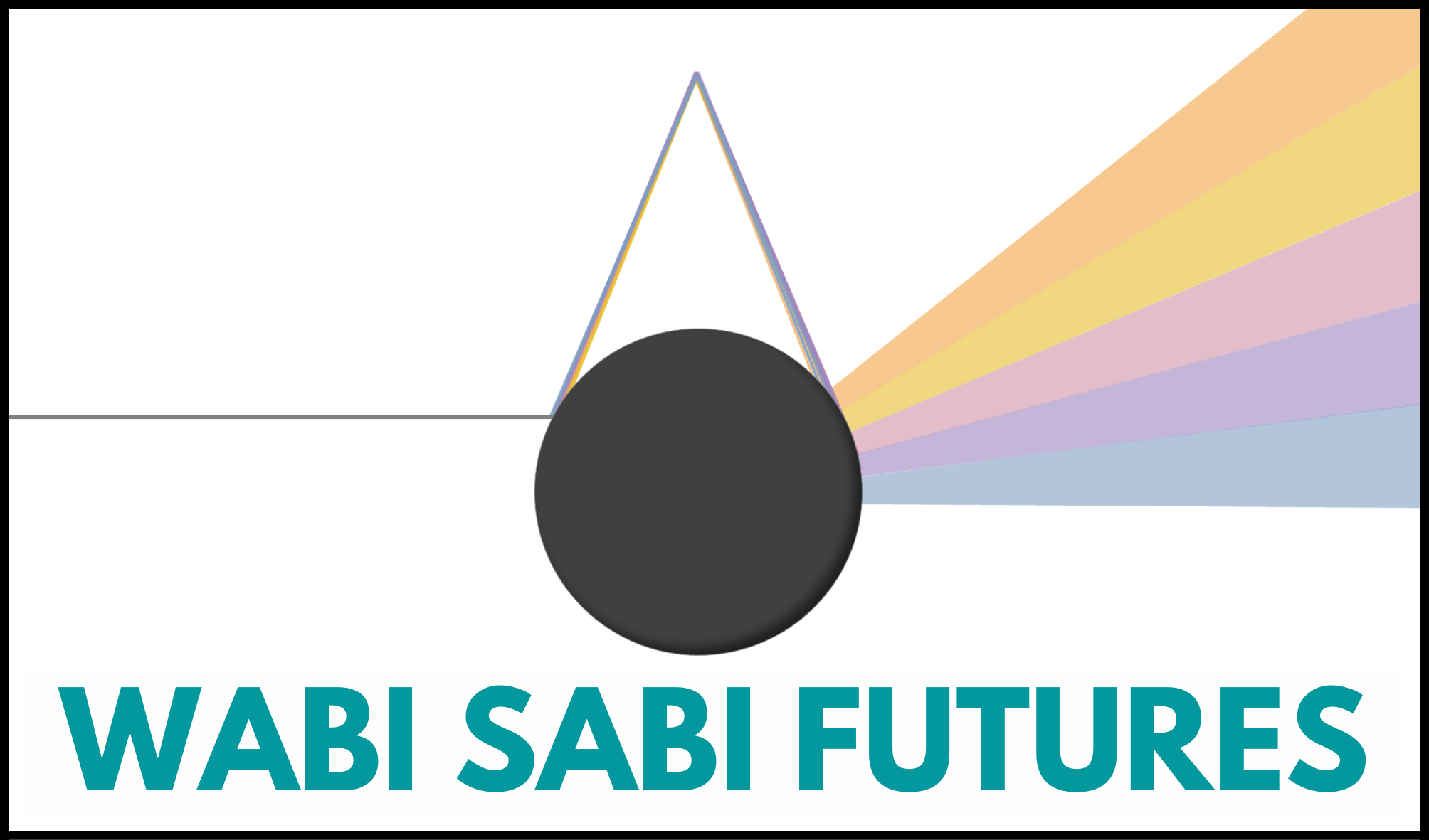Photo by Jeremy Thomas on Unsplash
Last week I observed a training session on Working with Teams.
I don’t often have the opportunity to observe others leading sessions, and it is such a pleasure and privilege to have time to watch, listen, and reflect on ways to share knowledge.
Before we dived into different strategies for increasing the value a team provides, we took a step back to look at different models of team behaviours over time, including:
- Tucker’s well-known Stages of Team Development
- The Drexler & Sibbet Team Performance Model
- Gersick’s Punctuated Equilibrium Model
|
|
Unpacking different models of how teams interact helped us become aware of our own internalised mental models, which give rise to a whole host of assumptions about what it means to be part of a team.
How we understand the way teams work shapes how we show up in teams, how we make sense of the behaviours around us, and the methods we try to improve a team’s functioning.
There are so many aspects of our understanding of the way the world works that we don’t notice or question until we are invited to reflect on our own mental models, or explore a range of other ways of knowing and thinking.
One of these largely unquestioned models is how we think about time.
In the West, the past few centuries of rationalist, Enlightenment thinking has led us to see time as a measurable resource, with the arrow of time steadily marching forward.
But this linear, clockwork view of time is not the only way to understand the passage of time.
- While we often talk of the past being behind us and the future being ahead, the Aymara people of the Andes view this in reverse – the future is behind us where we cannot see, while the past stretches forward within our view.
- Ancient Greece recognised two different qualities of time – Chronos, quantifiable time that can be measured be the clock, and Kairos, an intuitive sense of what is called for in this moment in time.
- Before the Industrial Revolution and the introduction of the mechanical clock, time was cyclical. Rather than precision measurement, there was a flow that followed the days, seasons, and years in response to the seasonal changes of the natural world around us.
- How long is now? Brian Eno and The Long Now foundation have intentionally expanded out their sense of the present. Rather than seeing now as a moment in time, or a few days, embracing the long now views this present moment as a span of 20,000 years.
Personally, I resonate with the concept of spiral time. This model combines the forward motion of our familiar arrow of time with the circular returns of cyclical times to create a cycle in forward motion – a spiral.
Considered in this way, we can see how we return – to seasons, places, to developmental challenges, to interests – but we arrive again anew, having had other experiences and learnings since we were last here.
“Together rhythms and events help us think of time as material change. And if you think about it, this is the only way we can think about time. If things weren’t changing, it is not clear that we would experience a sense of time passing.”– Venkatesh Rao, Tempo

